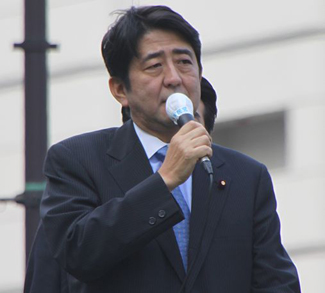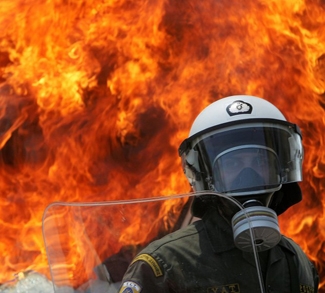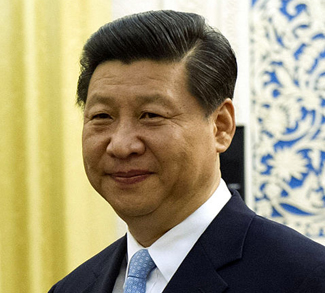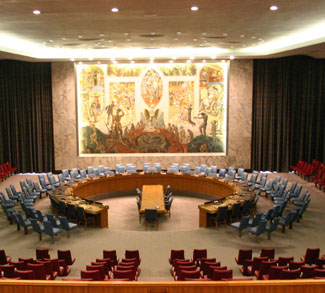When the Liberal Democratic Party was swept into power in a landslide victory in Japan’s December elections, Shinzo Abe, the soon-to-be prime minister, was quite clear about what he believed to be the solution to Japan’s decades of economic deflation and malaise: a bout of US-style quantitative easing (QE). Given his views and the strength of the LDP’s mandate, it wasn’t long before the experts began to declare in succession that this was a global currency war in the making- first Japan, and then China, and so on.
Amidst this chorus of economic doomsaying, as well as a plummeting yen (it has shed 20% of its value against the dollar since October), currency markets went haywire leading up to the latest G20 summit in February. And in response, the G20 adopted the growing currency war as the central item on its agenda, eventually producing a high profile show of accord at the summit’s conclusion, with the gathered representatives joining together to declare: there will be no new currency war.
But their joint statement has already been discredited. The G20 summit came and went without any direct criticism of Japanese monetary policy, which effectively has served to embolden Japanese efforts to pull its economy out of its longstanding deflationary spiral. For proof, one needs look no further than recent statements from Abe indicating that Japanese politicians are considering engaging in direct purchases of foreign bonds- an incendiary monetary policy if ever there was one. While such a move would not be without precedent- The Swiss National Bank engaged in direct bond purchases of EU countries in order to keep its currency down, and Japan even engaged in a bout of foreign bond purchases after the Fukushima disaster- this would almost certainly create a ripple effect of interventionist monetary policies around the world. Or in other words: a currency war.
Now enter Haruhiko Kuroda, the soon-to-be governor of the Bank of Japan. Mr. Kuroda is a well-known proponent of QE-style monetary policies, which will contrast starkly to the orthodox, inflation-averse policies championed by outgoing governor Masaaki Shirakawa. Mr Kuroda is the current president of the Asian Development Bank, and he once served as the vice finance minister for international affairs and foreign exchange policy, as well as a special advisor to the cabinet of the Koizumi government. During his time at the Finance Ministry, Mr. Kuroda presided over an extension of a 14-trillion-yen market intervention campaign that aimed to devalue the yen.
With an interventionist pedigree and a nomination from the pro-QE Abe, it doesn’t take a strong sense of premonition to glean what a Kuroda-led Bank of Japan would be like.
The bank has already lifted its inflation target to 2%, up from the normal cap of 1%, and Kuroda has suggested that the central bank might be able to reach the 2% level within two years.
With persistent monetary intervention from the Japanese government almost assured, the question becomes: how will other countries react? It’s unlikely there will be any severe reactions over the short term. After all, the course that the Abe government is about to embark on is not exactly tried and tested. It could result in spiking inflation rates and simply replace Japan’s old economic problems with new ones, a result that would be particularly worrisome given Japan’s demographic problems and relative lack of fundamental growth drivers. On the other hand, if the Abe government succeeds in reviving the fortunes of Japan’s export-driven economy, it will inevitably become a tempting model for other countries in the economic doldrums.
Regardless of the wider repercussions, it looks like there’s one thing we can all be sure of: the money printing presses in Japan are about to be ramped into overdrive.




